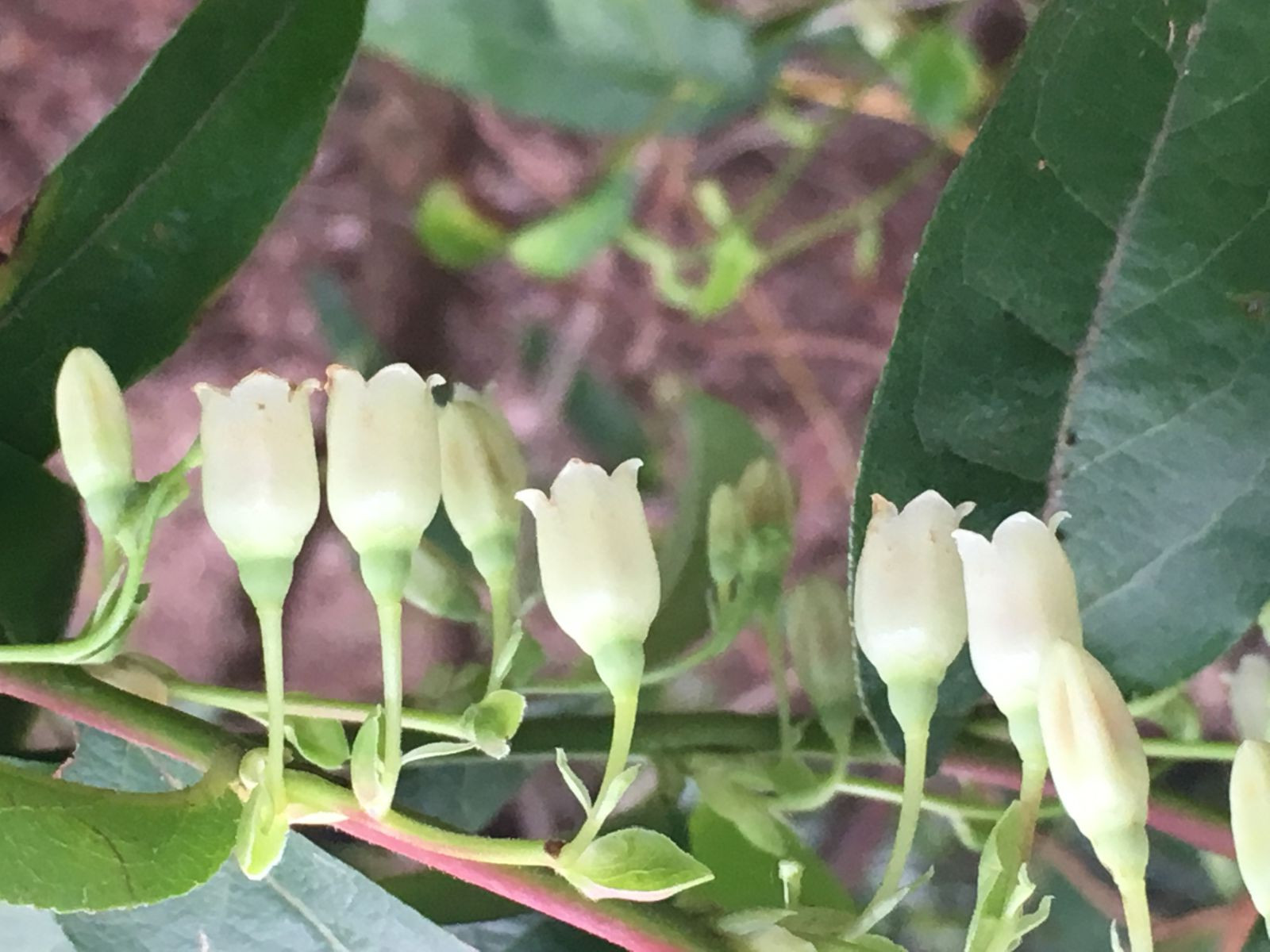Vaccinium arctostaphylos
Credits
Article from Bean's Trees and Shrubs Hardy in the British Isles
Recommended citation
'Vaccinium arctostaphylos' from the website Trees and Shrubs Online (treesandshrubsonline.
Genus
Common Names
- Caucasian Whortleberry
Other taxa in genus
- Vaccinium angustifolium
- Vaccinium arboreum
- Vaccinium bracteatum
- Vaccinium caespitosum
- Vaccinium canadense
- Vaccinium corymbosum
- Vaccinium crassifolium
- Vaccinium delavayi
- Vaccinium duclouxii
- Vaccinium dunalianum
- Vaccinium erythrocarpum
- Vaccinium floribundum
- Vaccinium fragile
- Vaccinium glauco-album
- Vaccinium hirsutum
- Vaccinium × intermedium
- Vaccinium japonicum
- Vaccinium macrocarpum
- Vaccinium membranaceum
- Vaccinium moupinense
- Vaccinium myrsinites
- Vaccinium myrtillus
- Vaccinium nummularia
- Vaccinium oldhamii
- Vaccinium ovalifolium
- Vaccinium ovatum
- Vaccinium oxycoccus
- Vaccinium padifolium
- Vaccinium parvifolium
- Vaccinium praestans
- Vaccinium stamineum
- Vaccinium uliginosum
- Vaccinium urceolatum
- Vaccinium vacillans
- Vaccinium virgatum
- Vaccinium vitis-idaea
A deciduous shrub, probably 10 ft high ultimately; young wood glabrous or slightly downy. Leaves ovate-oblong, pointed, finely toothed, 11⁄2 to 4 in. long, 3⁄4 to 11⁄2 in. wide, dark dull green and downy on the veins above, paler and more downy beneath; stalk 1⁄12 in. long. Flowers produced during June, each in the axil of a bract on slightly downy racemes 1 to 2 in. long from the previous year’s wood; corolla greenish white tinged with purple, bell-shaped, 1⁄3 in. long and wide; stamens ten, hairy; calyx with five shallow triangular lobes. The flower is distinctly jointed to the stalk just below the ovary. Berries globose, purple, 1⁄4 to 1⁄3 in. across. Bot. Mag., t. 974.
Native of the Black Sea region, from the Caucasus through the mountains of northern Anatolia to European Turkey and southeast Bulgaria. It was discovered about 1701 by the French botanist Tournefort, who identified it with the ‘arctostaphylos’ or bear’s grape of the Greek physician Galen. It was introduced to Britain in 1800, and reintroduced by E. K. Balls in 1934. It is a remarkable fact of plant geography that this species has its nearest relatives in Madeira and the Azores, and is so nearly akin to the Madeiran species, V. padifolium, that they had become confused in gardens by the 1830s and remained so for the next hundred years, plants sold as V. arctostaphylos often being really V. padifolium. But it is a hardier shrub, and in cultivation at least it has larger leaves, and there is the further difference that the filaments of the stamens are hairy.
The leaves, which are the largest among hardy vacciniums, die off a pretty purplish red and fall late in the autumn. It occasionally bears a second crop of flowers in September in the leaf-axils of the current year’s shoots.
A decoction of the leaves was used in the Caucasus as a tea, especially by the Circassians. When dried they have the appearance and aroma of black tea, though the brew is very different and inferior in flavour. It was known as ‘Broussa tea’.




